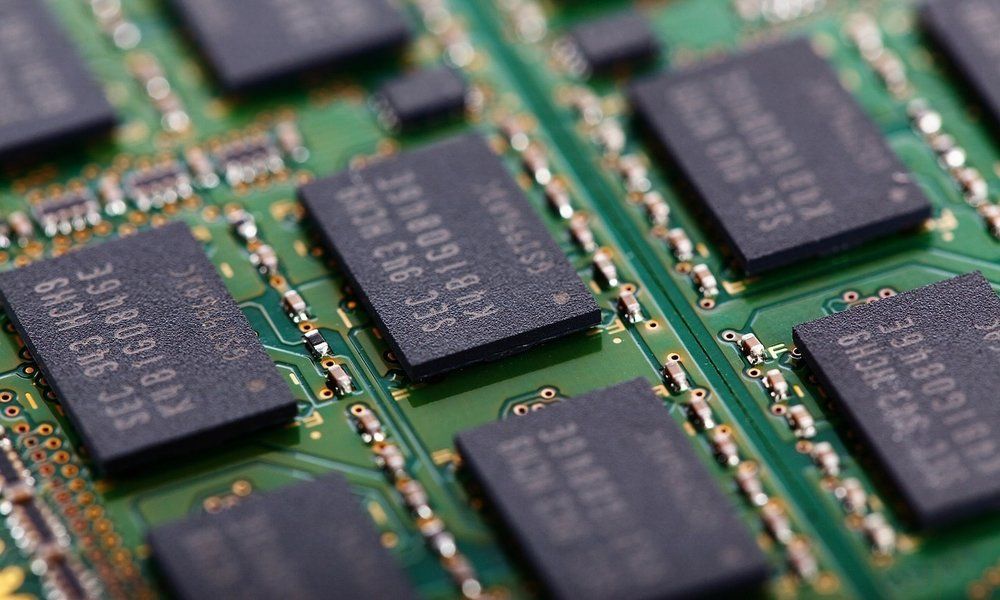In a surprise move, Kioxia announced plans this week to expand its Kitakami production site with a new manufacturing facility called K2. This is the second facility Kioxia has announced in less than two months. This shows that the company is confident that demand for 3D NAND memory will increase in the coming years. If Kioxia’s expansion plans go forward as planned, the two new fabs will come online sometime between 2023 and 2024.
Kioxia and its partner Western Digital are ramping up production of 96-layer BiCS 3D NAND memory at their K1 fab near Kitakami, Iwate Prefecture, Japan. Fab K1 is the world’s largest jointly operated production facility by size, with clean rooms divided into four similarly sized stages. The two companies began commercial production of 3D NAND in K1 Phase 1 earlier this year, and volumes are expected to increase during the transition. Meanwhile, three cleanroom stages will be added to K1 over time.
Kioxia has demonstrated that it wants to produce 3D NAND, so it will begin preparing 136,000 square feet adjacent to its current site for its Fab K2. This preparation will begin in spring 2021 and is expected to be completed in spring 2022. If Kioxia decides to begin construction of the cassette in early 2022, the building will be completed and ready for equipment move-in in early 2023. . Typically, it takes 1 to 1.5 years to equip the cleanroom and begin commercial production. So if Kioxia follows its typical schedule for building the factory, K2 could begin operations in 2024.
It should be noted that Kioxia has not yet announced an exact schedule for its K2 plant. The Japanese company also needs to negotiate terms with its partner Western Digital for its co-investment in the new facility.
Kioxia and Western Digital’s Fab K1 covers about 150,000 square feet and includes various support and administrative buildings, as well as the actual manufacturing facility.Fab K2 is smaller, but the manufacturing facility will likely be similar to K1 in that it will not require a dedicated administrative building.
In the third quarter of 2020, Kioxia and Western Digital controlled 35.2% of the 3D NAND flash supply, which is slightly more than Samsung Electronics, which had a 33.1% share, according to Tiburon Technology.
